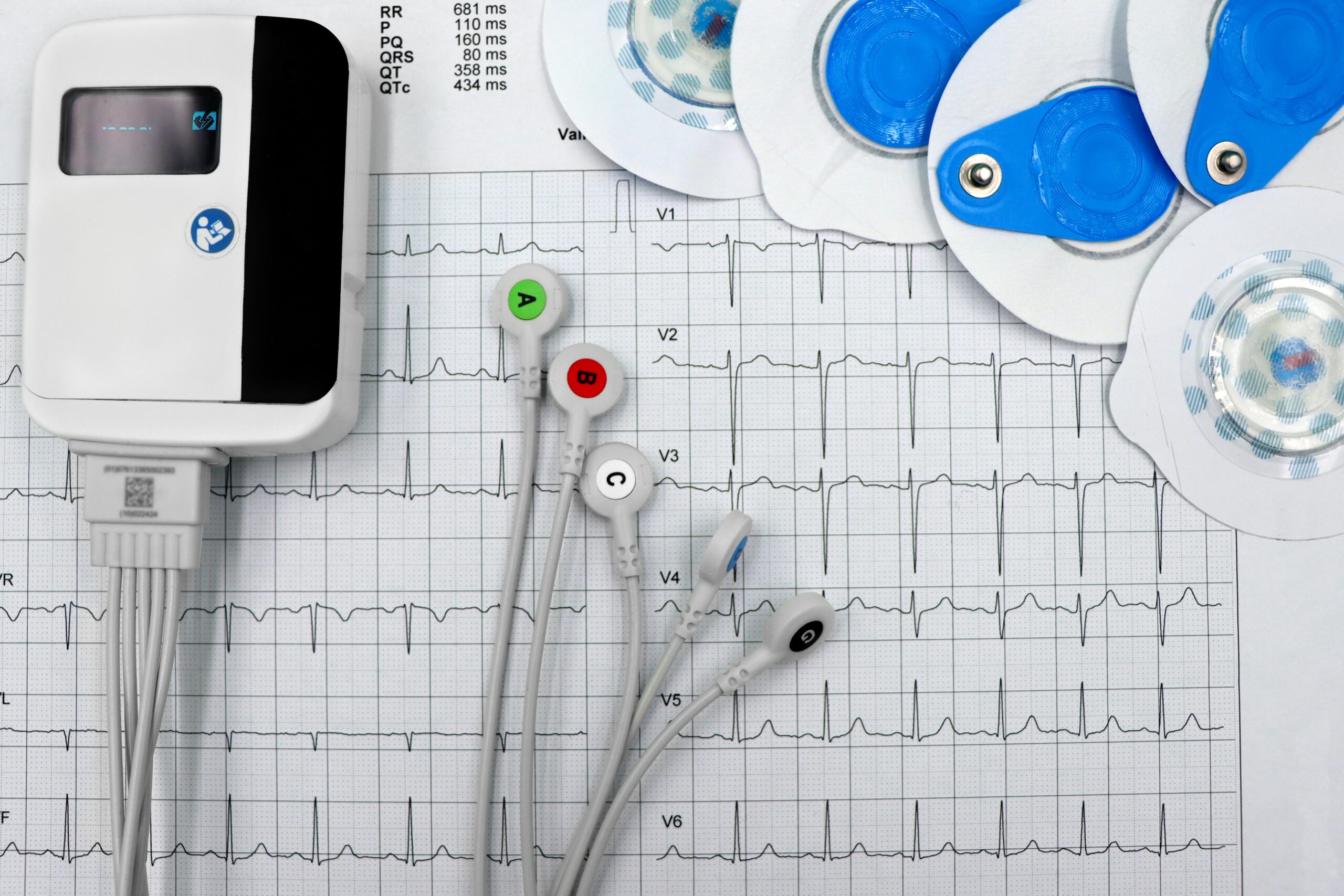Transient Ischemic Attack (TIA): Mini-Stroke Signs and Symptoms in Men and Women
A transient ischemic attack (TIA), or mini-stroke, is a temporary blockage of blood flow to the brain that typically lasts only a few minutes to a couple of hours. Unlike a major stroke, a TIA doesn’t cause permanent damage, but it serves as a critical warning sign and requires immediate medical attention.
What is Transient Ischemic Attack (TIA)?
A TIA occurs when an artery supplying blood to the brain is briefly blocked or when there is a sudden drop in blood pressure. Symptoms appear suddenly and may resolve quickly, but approximately one-third of individuals who experience a TIA will eventually have a stroke, often within the first year.
When Should You See a Doctor?
While TIA symptoms may resolve on their own, they should never be ignored. Early detection and treatment can significantly reduce the risk of a future stroke and improve recovery chances.
Common Symptoms to Watch For:
- Sudden weakness or numbness in the face, arm, or leg
- Difficulty speaking or understanding speech
- Blurred or double vision
- Dizziness or loss of balance
- Severe headache with no known cause
Early Signs of a Stroke
Recognizing the signs of a stroke can save lives and prevent long-term damage. Look for these symptoms:
- Facial drooping: An uneven or lopsided smile.
- Limb weakness: Difficulty moving or numbness in an arm or leg.
- Numbness on one side: Tingling or loss of sensation in the face, arm, or leg.
- Mental confusion: Difficulty understanding surroundings or conversations.
- Slurred speech: Trouble articulating or forming words.
- Vision changes: Blurred or double vision.
- Trouble walking: Stumbling or poor coordination.
- Severe headache: A sudden, unexplained headache.
- Difficulty swallowing: Challenges with food or liquids.
What to Do If You Identify TIA Symptoms
If you or someone else shows signs of a TIA:
- Call emergency services immediately.
- Ensure the person is awake and breathing.
- Loosen tight clothing to improve circulation.
- Reassure them that help is on the way.
Additional Tips:
- Perform CPR if the person is unresponsive and you are trained.
- Turn them on their side if they are having a seizure.
- Avoid moving them unless absolutely necessary.
Causes of TIA
A TIA occurs when blood flow to the brain is temporarily interrupted. Common causes include:
- Blockage in arteries: Blood clots or plaque buildup restrict blood flow.
- Blood clots: These can travel to the brain from other parts of the body.
- Narrowing of arteries: Conditions like high blood pressure or atherosclerosis can reduce blood flow.
Risk Factors for TIA
Certain factors increase the likelihood of experiencing a TIA:
- Age: Risk rises significantly after age 55.
- High blood pressure: A major risk factor for stroke and TIA.
- Diabetes: Increases the likelihood of related conditions.
- Smoking: Damages blood vessels and raises clotting risk.
- Obesity: Contributes to conditions like high blood pressure and diabetes.
Complications of TIA
A TIA is a warning sign for potentially severe complications:
- Increased risk of stroke
- Permanent brain damage
- Cognitive impairment
- Speech difficulties
- Emotional changes like depression or anxiety
- Reduced independence
- Higher risk of dementia and cardiovascular disease
Diagnosis and Tests
Diagnosing a TIA involves medical history, physical exams, and tests such as:
- CT Scan: Detects bleeding or damage in the brain.
- MRI: Provides detailed images of the brain.
- EEG: Measures electrical activity in the brain.
Management and Treatment
Managing a TIA involves reducing risk factors, treating symptoms, and preventing future strokes:
- Lifestyle changes: Regular exercise, a healthy diet, and quitting smoking.
- Medications: Blood thinners, cholesterol-lowering drugs, and blood pressure medications.
- Surgery: Procedures like carotid endarterectomy to remove blockages.
FAQs
What is a TIA?
A TIA, or mini-stroke, is a brief interruption of blood flow to the brain, causing temporary stroke-like symptoms.
Can a TIA be prevented?
While not entirely preventable, managing conditions like high blood pressure, diabetes, and smoking can lower the risk.
What should I do if someone is having a TIA?
Call emergency services immediately and follow basic first-aid steps until help arrives.
Conclusion
A TIA is a critical warning sign that should never be ignored. Early detection, lifestyle changes, and medical care can prevent severe complications and improve long-term outcomes.

